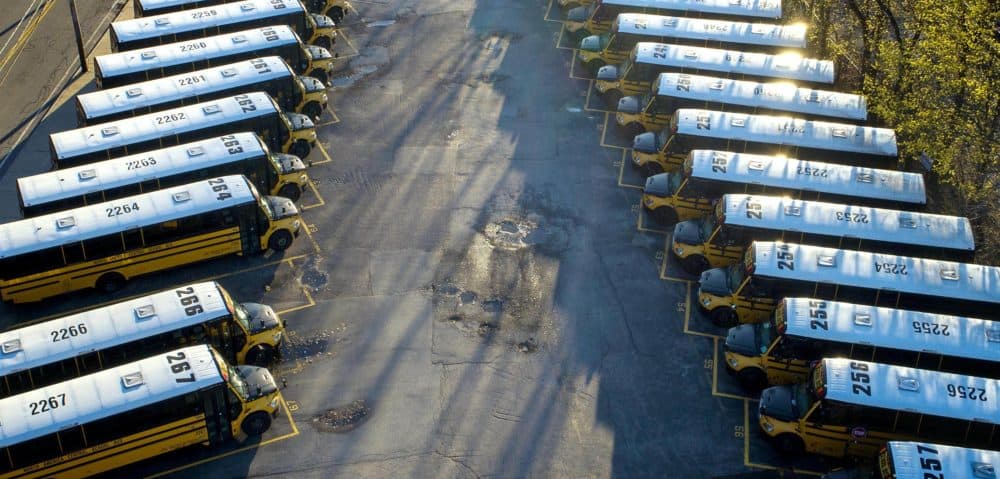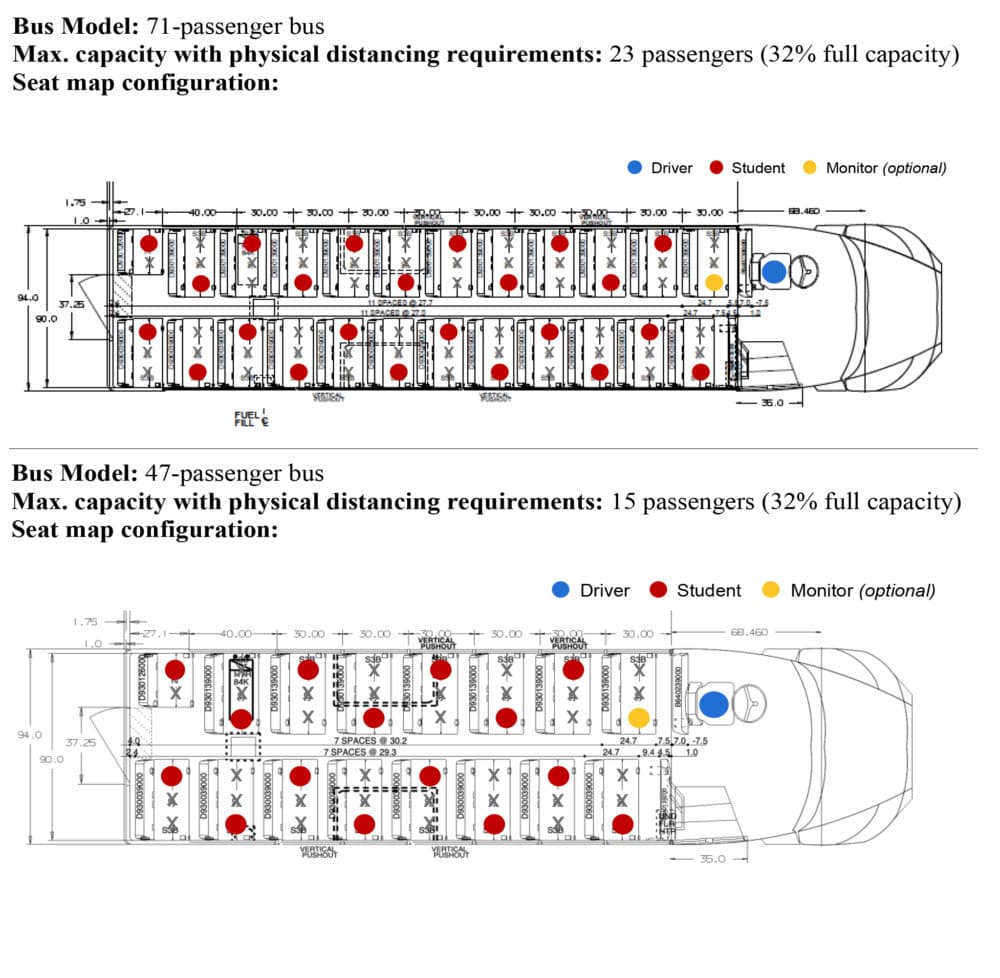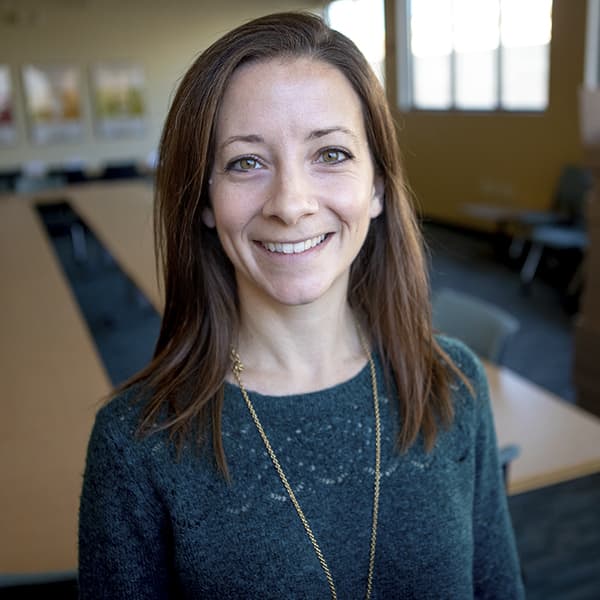Advertisement
New Bus Rules May Be A Speed Bump To Reopening Schools
Resume
A growing number of school districts in Massachusetts are saying that it's not feasible to bring all students back into school buildings at the same time this fall. The biggest issues are classroom and bus capacity.
Recommendations that school buses have one student per bench and buildings should have more outdoor air ventilation and upgraded HVAC air filters are among the suggestions in the new detailed guidance issued by the state Department of Elementary and Secondary Education Thursday.
Getting enough buses to accommodate physically distanced students will be challenging for many districts, especially those that have been struggling with high transportation costs. Boston Public School leaders estimate they'd need an additional 741 vehicles if they followed DESE's guidance.

"In Worcester, we have a good number of families that don't have cars," said Tracy O'Connell Novick, a Worcester school committee member. "So if we don't run buses, their kids don't go to school."
She's worried that less access to bus transportation would deepen inequities among different groups of students.
State Education Commissioner Jeff Riley has requested that schools wait to announce their reopening plans until mid-August. Districts are required to provide plans on three possible models of learning: fully in-person, fully remote and hybrid model.
At a recent school committee meeting officials said they're going to focus most of their energy developing a hybrid "hopscotch" model, which involves two cohorts of students coming to in-person classes two days a week, and a 100% remote learning model. As for the 100% in-person plan, the district says it will be short.
"It's not really possible for us to have school reopen with all of our students in our school buildings on day one," said Tammy Pust, senior advisor to Boston Public Schools. "Why? Because we can only put 50% of the number of students on our buses that we did in the past."
When the Department of Elementary and Secondary Education released the initial reopening guidance for reopening last month, the agency strongly encouraged districts to prioritize in-person learning.
"We're factoring in many different possibilities but at the end of the day, what we're doing is really driven by the research and the data and what the medical community and health care community thinks is best for our kids," Education Commissioner Jeff Riley in an interview with WBUR Wednesday.
The Massachusetts chapter of the American Academy of Pediatrics has come out in support of that push to prioritize 100% in-person learning arrangements next year, citing research that suggests kids are much less likely to contract and spread COVID-19.
"For the children from under privileged backgrounds who were really unable to engage in the full offerings of remote learning, I feel we need to get children back to school in person," said Dr. Lloyd Fisher, incoming president of the Massachusetts Chapter of the American Academy of Pediatrics during a June hearing at the State House.
The national American Academy of Pediatrics has since tempered their support for that move, and new research continues to emerge about the role children play in transmitting the virus. In a joint statement with the American Federation of Teachers and the American Association of School Superintendents on July 10, they said schools need to re-open in a way that's safe for students, teachers and staff.
“Science should drive decision-making on safely reopening schools. Public health agencies must make recommendations based on evidence, not politics," the statement said. "We should leave it to health experts to tell us when the time is best to open up school buildings, and listen to educators and administrators to shape how we do it."
WBUR's Kathleen McNerney contributed to this report.
This segment aired on July 24, 2020.
